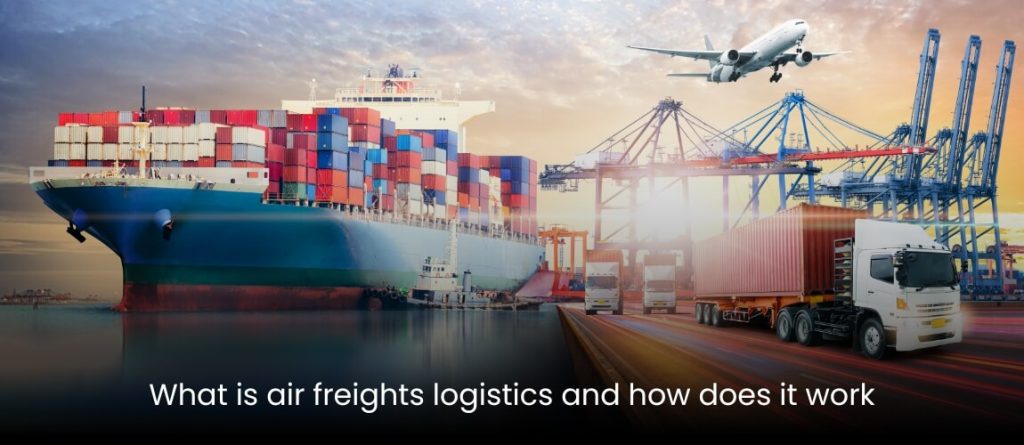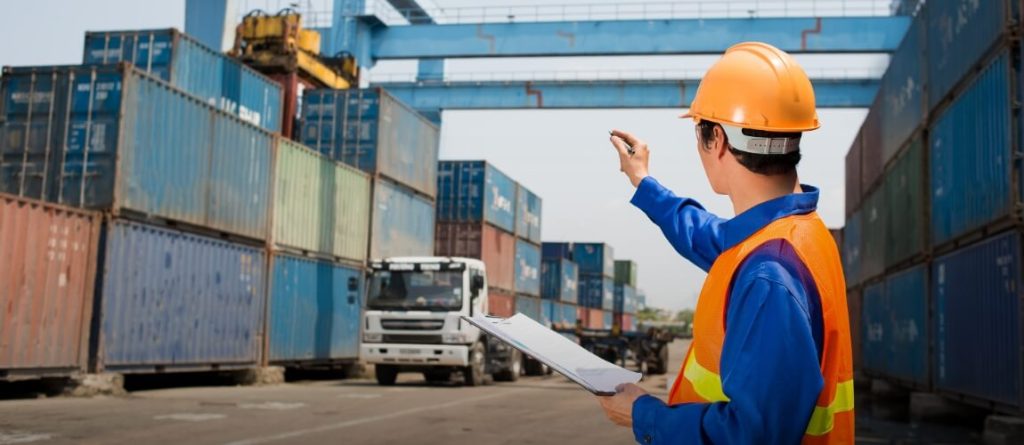
The entire planet has shrunk. Thanks to the miracles of Air freight logistics and air shipping, products that were once thought to be exotic can now be delivered to your doorstep in days.
But exactly what are these terms, and how do they differ? Let’s look at the world of air freight logistics, including its significance, benefits, and when you should send air freight.
What is air freight
Air freight logistics is concerned with the transfer and transport of goods by Air freight logistics, whether charter or commercial. Many in the logistics business prefer this method because products can be sent from cargo and passenger aircraft terminals to any destination where aircraft can fly and land.
Air delivery also provides high-speed, time-sensitive shipment to any location in the world, which is particularly useful to small and medium-sized firms since it allows them to involve themselves in international trade rapidly and effectively. Furthermore, aviation freight has the greatest degree of security because airport security monitors and supervises every cargo entering and exiting the country.
What are the most prevalent goods transported by air?
With a market worth more than $175 billion, the air freight business has emerged as a worldwide economic force, particularly with the rise of e-commerce. Such businesses and products frequently rely on air freight because of its rapid delivery timelines:
- E-commerce enables faster shipment for high-value commodities like electronics, luxury, and fashion.
- In manufacturing, time-sensitive components are shipped to ensure just-in-time inventory management.
- Humanitarian aid involves delivering relief goods to disaster zones, such as medications, food, water, and shelter materials, to ensure prompt response during calamities.
- Aerospace and defense supplies include avionics, aircraft engines, and military equipment such as missiles and drones, which are vital for armed forces.
- Perishables such as produce, seafood, dairy, chemicals, plants, and flowers are promptly transported to the market to prevent rotting and maintain freshness.
- Pharmaceutical businesses transport temperature-sensitive immunizations globally, especially during health catastrophes like the COVID-19 epidemic.
How does it work?

Understand the fundamentals of air freight
You may be familiar with the concept of Air freight logistics, but do you understand what happens at each stage? Moving cargo by air is a speedy, convenient, and efficient way to transport goods across great distances, so understanding the process is critical in avoiding delays and lost freight.
Step-by-step guide for shipping air
Shipping Air freight logistics is a process that is similar to other modes of transportation. If followed appropriately, you ensure that your cargo moves smoothly, avoiding delays and maintaining visibility. Here’s an overview of the air freight process:
Reservation
The first step is to reserve your cargo with a reputable source. When booking, make sure you have all essential documentation, such as invoices, packing lists, an AWB (air waybill), and any necessary permits.
Cargo Handling at Beginning
Your freight must be put onto skids before it is loaded onto the plane. It is the shipper’s responsibility to ensure that freight is properly packaged for air transportation. The freight is then transported to a shipping terminal and examined. Finally, the item will be tagged and documented. Air freight logistics is considered to be extremely identified, and these labels and documents aid in this tracking.
Customs examination and clearance
International goods must go through customs formalities once it is ready to be loaded. This will vary based on the country of beginning and ending, but your supplier can walk you through inspections to ensure the shipment satisfies all legal criteria before takeoff.
Discover how to send internationally by Air freight logistics with ArcBest.
Transportation to the originating airport
The Air freight logistics is carried to the runway for loading after passing all necessary inspections. Your provider can assist you in arranging transportation for this stage of the procedure. This portion of the operation is carried out by TSA-certified local cartage pick-up agents.
Loading aboard an aircraft
Because air cargo is so specialized, airports have particular equipment and personnel to load your shipment into their jet.
Moving the cargo
Your shipment is now airborne and on its way to its target airport. Because air freight has fewer contacts than other forms of transportation, it will stay secure and traceable while in transit. Security is the airline’s concern while in the air.
Unloading at destination airport
When your shipment arrives at the destination airport, it will be unloaded and taken to the cargo terminal for further examination.
Completed delivery
- The consignment is now ready for final delivery following a second series of inspections, this time in the target city. Your service provider can assist you in finding a carrier to make the final delivery.
Transportation alternatives by air
Air transit, like any other time-sensitive freight transport, might involve multiple shipment speeds at varying costs. Options include taking the next flight out, which is the fastest choice.
• The second day involves balancing speed and expense.
• Deferred is the most cost-effective air solution if your freight is on standby.
• Charter an aircraft for your shipment.
Enhance your supply chain
Using air freight transportation might help your supply chain reach new heights. Call ArcBest immediately to discuss your air transportation options. ArcBest offers an extensive collection of air shipping solutions, with flexible Air freight logistics alternatives and a team of professionals working with certified air carrier partners.

 07424380227
07424380227